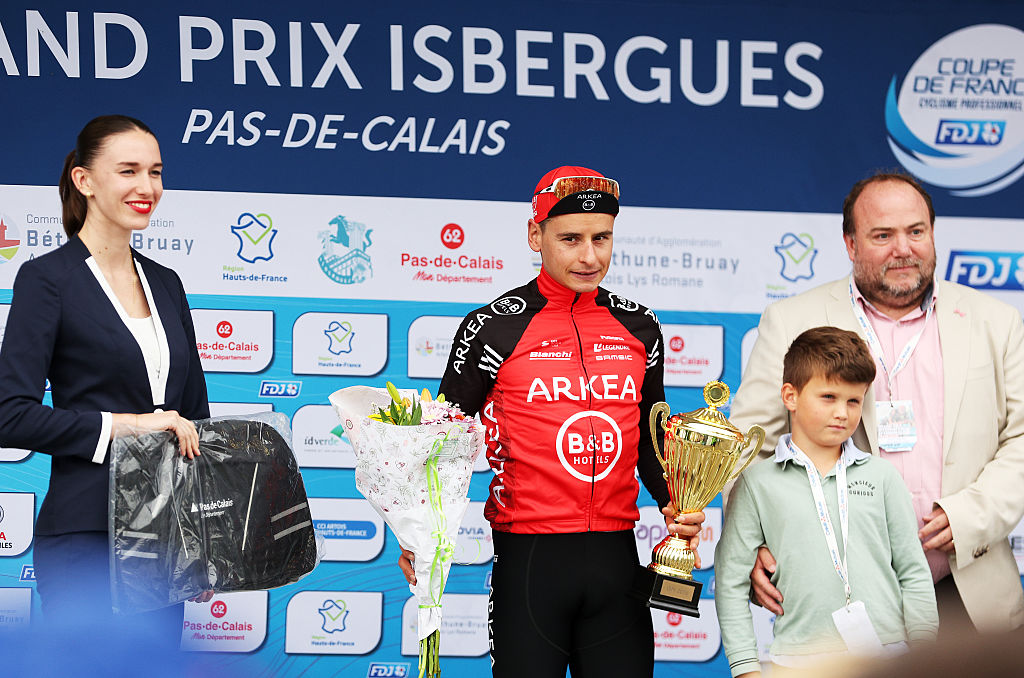CeramicSpeed officially releases the new bottom bracket that pro teams have been using all year
The new CeramicSpeed BB Alpha will replace all of the Danish brand's existing bottom brackets
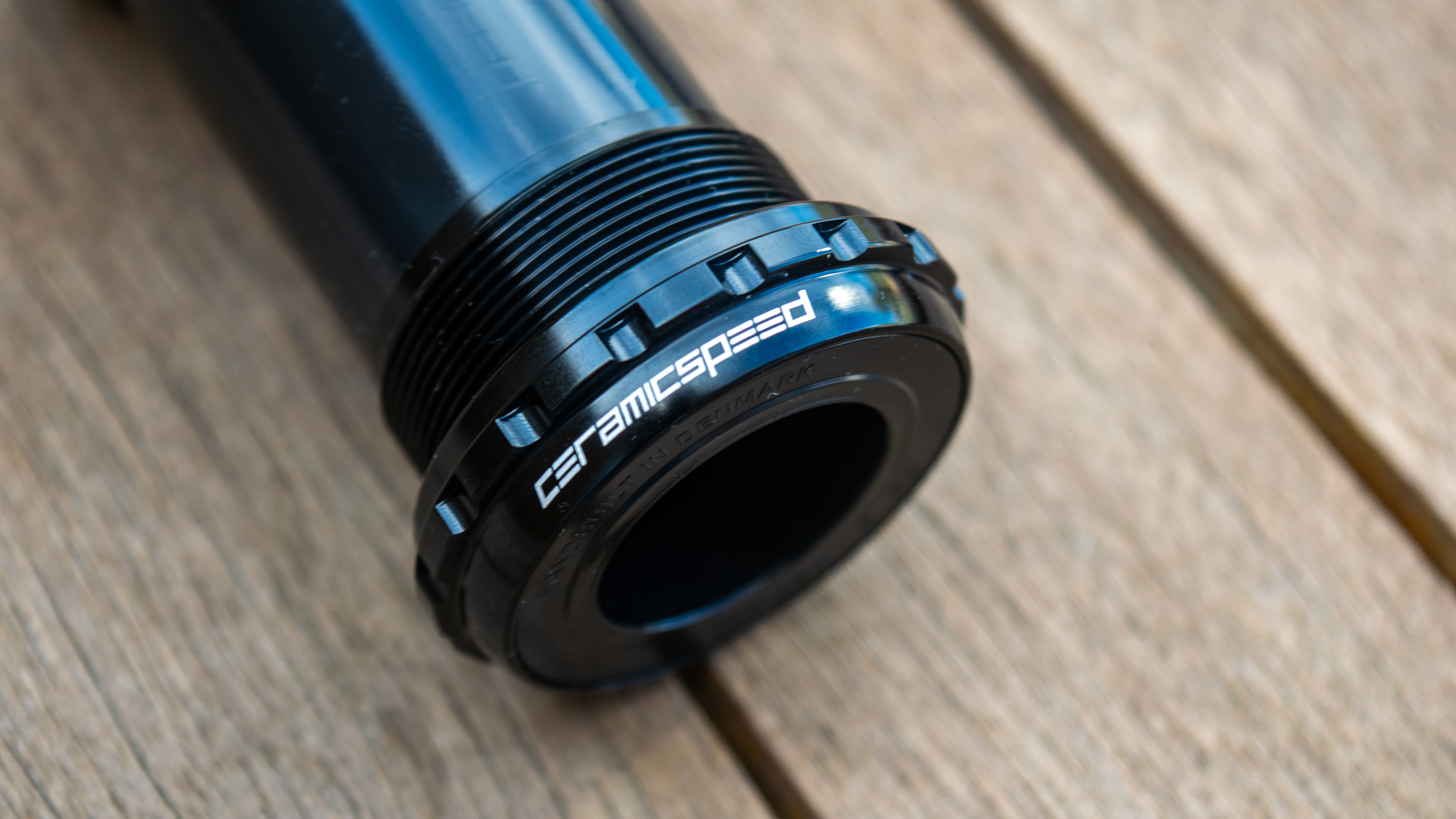
CeramicSpeed has launched a brand new bottom bracket range today, named the BB Alpha, which will replace all existing CeramicSpeed bottom brackets and become the brand's new standard.
The BB Alpha units represent a complete overhaul of the current CeramicSpeed bottom bracket offering. It seems these new bottom brackets aren't about taking ceramic performance to even higher levels of efficiency and speed, something you might expect with the general direction of travel for high-end product launches these days.
Instead, CeramicSpeed claims it has focused on maintaining the low drag performance its products are generally famed for, while improving durability and creating a simplified bottom bracket product range.
It turns out these new units have been tested all year by various pro riders, a tech change that's been undetectable even to our beady eyes.
The units have been used by Soudal-Quickstep as well as being used during the Tour de France by select riders from Soudal-Quickstep, UNO-X, and Israel-Premier Tech.
Off-road, the PAS Racing gravel team have tested them, including Tobias Kongstad, the winner of the Traka 360, who used a prototype unit. A couple of CeramicSpeed-supported MTB teams have also used the BB Alpha.
The new units will carry a retail price of $429 / €389, which is an increase over the current CeramicSpeed models. The range is also covered by the CeramicSpeed lifetime warranty.
The latest race content, interviews, features, reviews and expert buying guides, direct to your inbox!
Current bottom brackets are offered with a 'coated' race option for a $100 surcharge, quoting lower drag and longer life over a non-coated model. The new Alpha range will streamline things into a single spec option per unit.
I received a test unit to check out ahead of launch, so you can find some images, weights and detailed photos down below, as well as things like the seals and bearing hats.
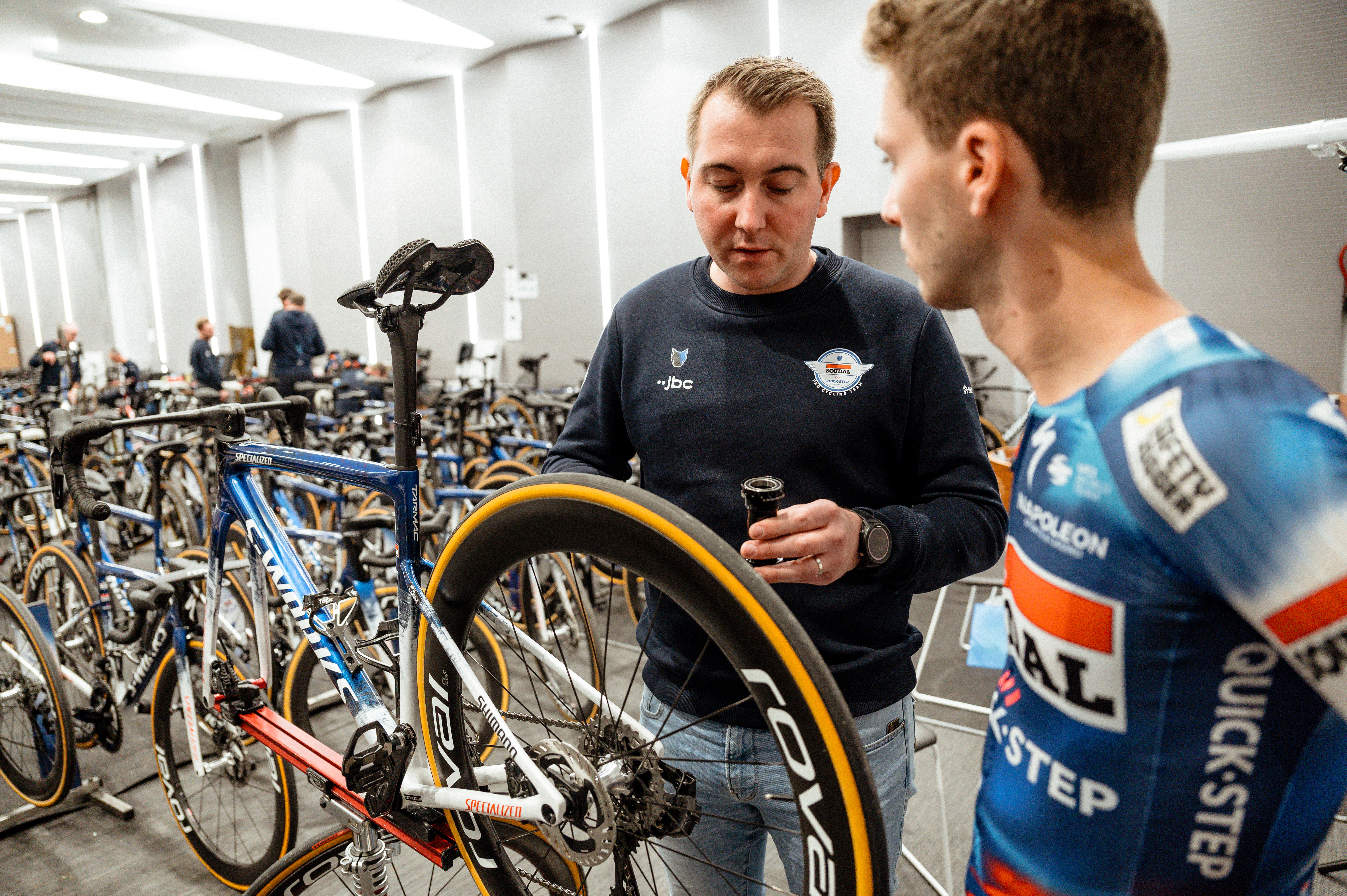
The BB Alpha design
The brand says it didn't want to fix any specific issues with its bottom brackets, so what's new?
Firstly, there's a new, hardened stainless steel bearing race in which the ceramic ball bearings are situated. The new race, which is shared across the range, is said to provide "exceptional corrosion protection." The internal ball bearing race has also been redesigned to provide more support to the bearings and allow them to better deal with preload.
The bearing seals themselves have also changed. The bottom brackets will get light contact seals, for a balance between efficiency (the lighter the sealing contact, the better the bearing will generally spin) and protection. The back of each seal is covered with stainless steel, and the brand claims a 500% increase in protection. We don't have a breakdown on this quoted 500% figure, which seems sizeable. Could the seals have been 500% worse before?
The bearing dust cover design has also been redesigned through 28 iterations (the dust cover or 'hats' push over the bearings themselves), providing another layer of protection (photos below). The dust covers are made from POM or Polyoxymethylene plastic and now sit flush with the outside face of the bottom bracket cups, which the brand says boosts protection.
The bottom bracket cups themselves are made from 7075 aluminium, and CeramicSpeed has removed material and quotes a 10% weight reduction across the range. My own BSA Shimano road test unit weighs in at 80 grams.
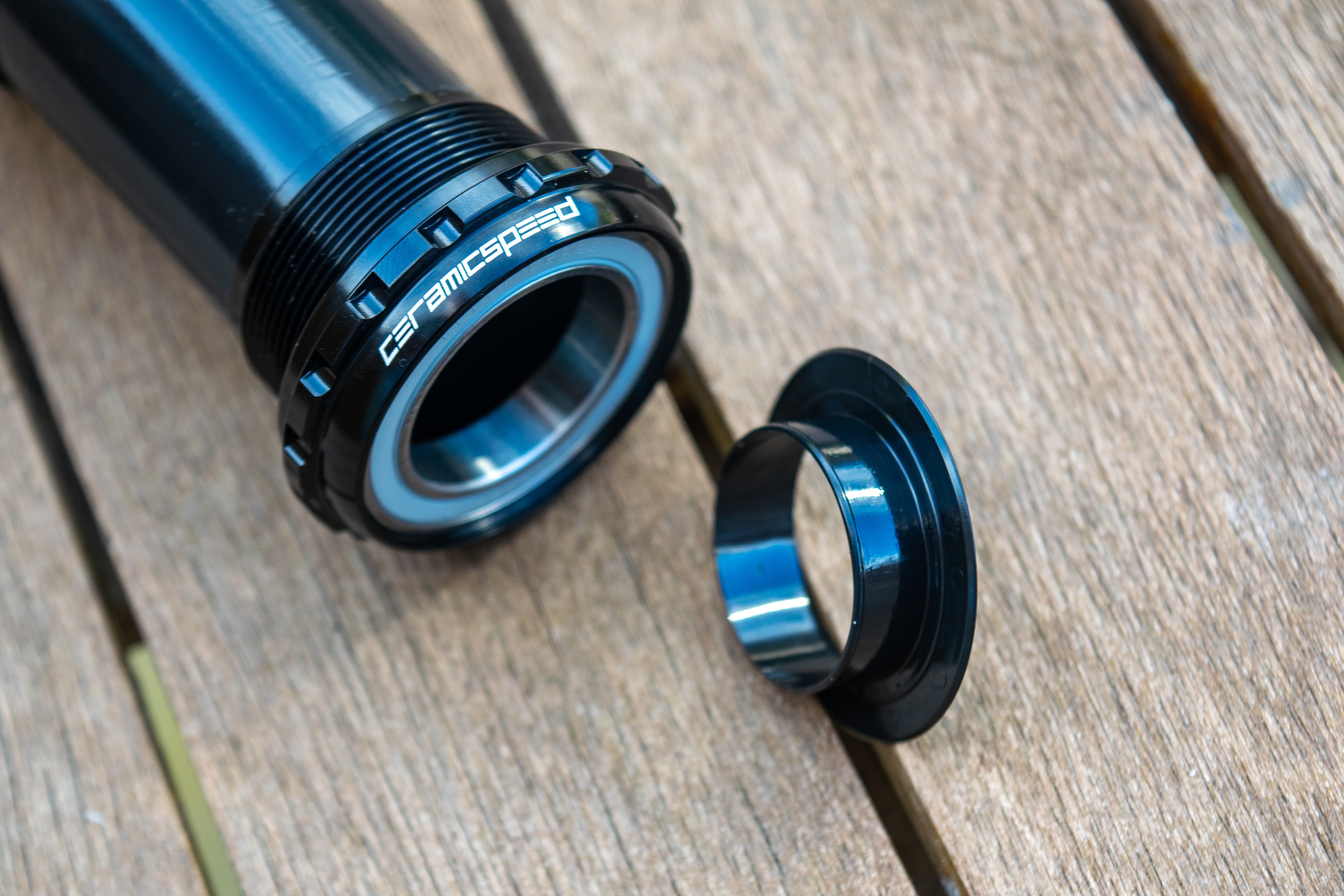
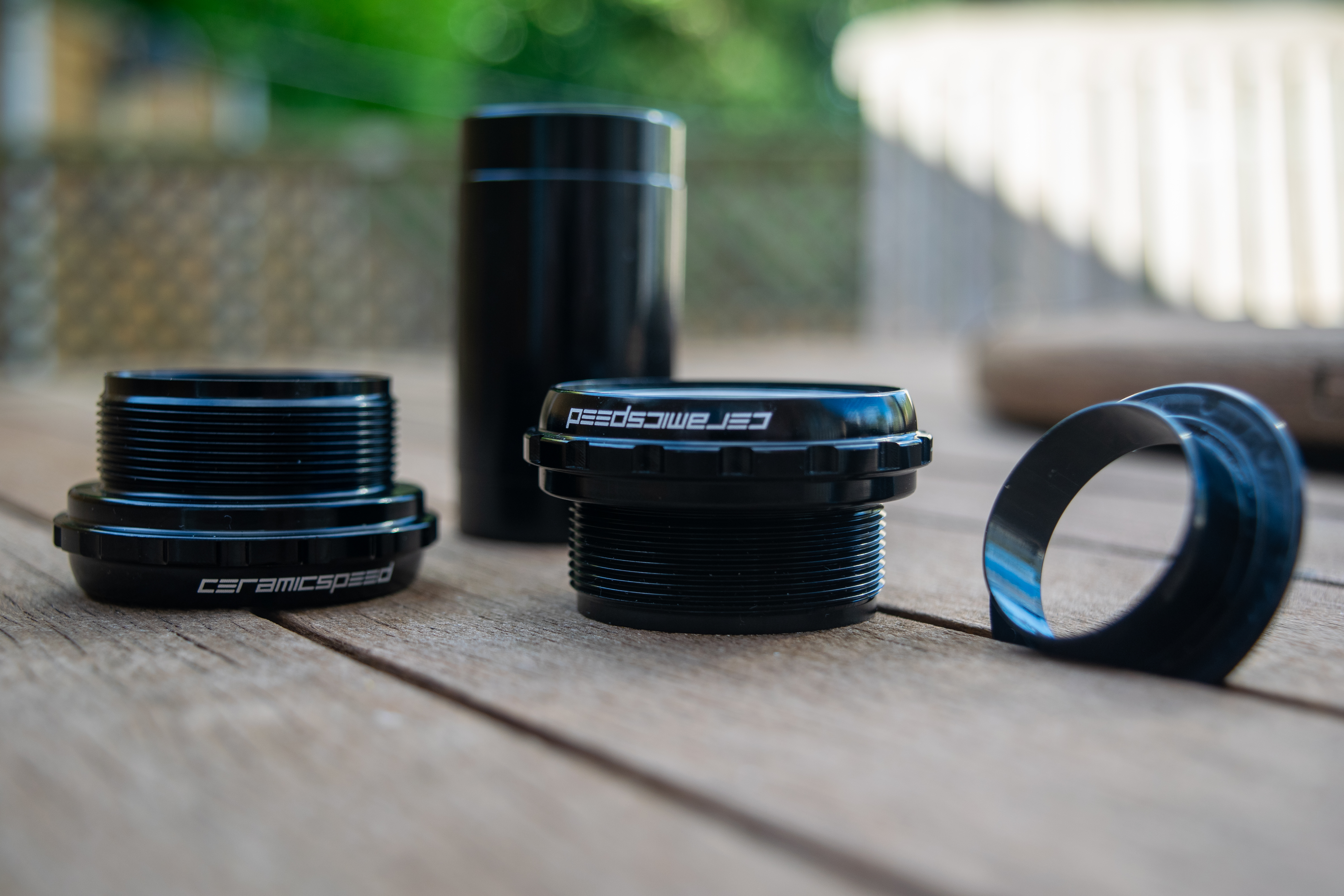
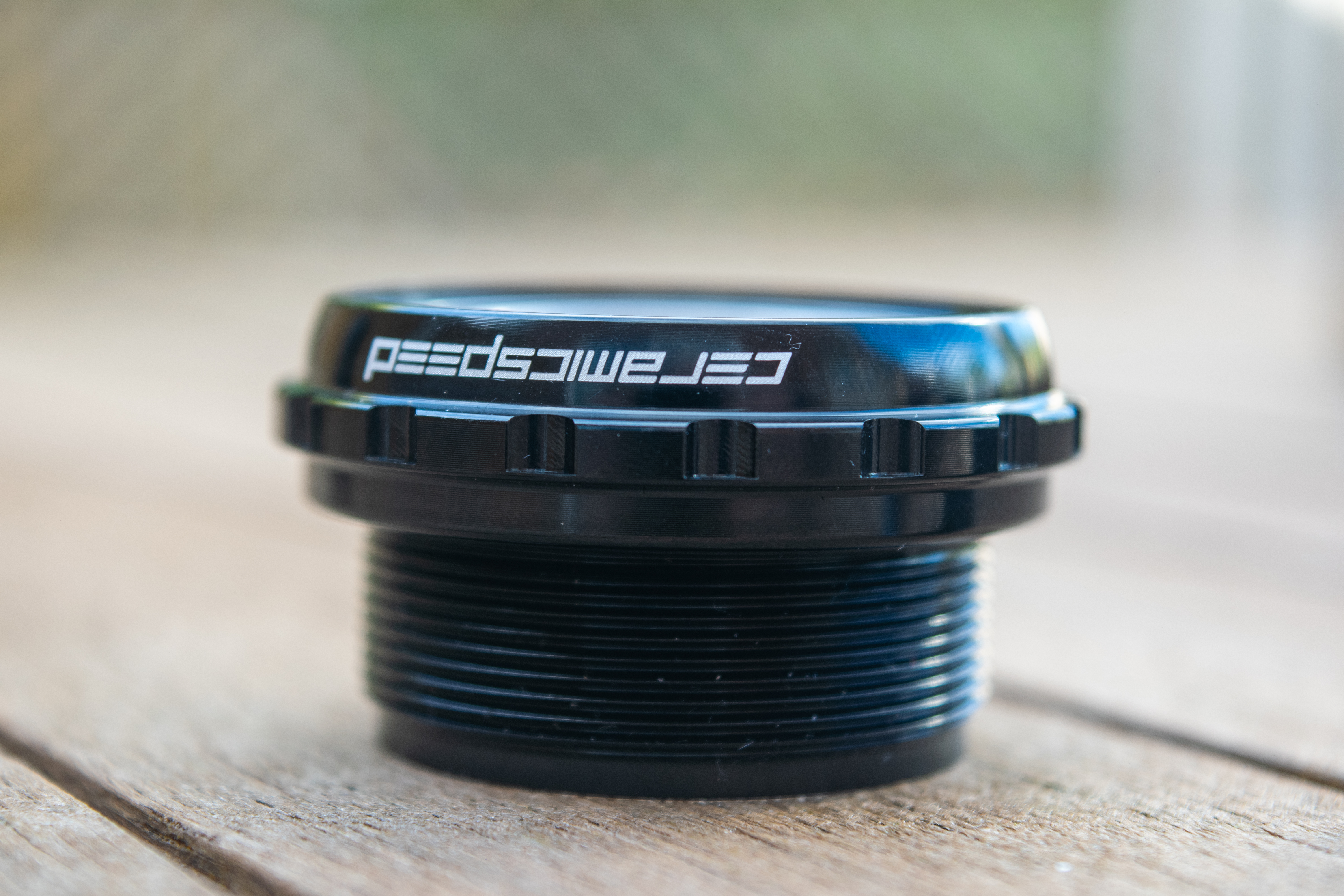
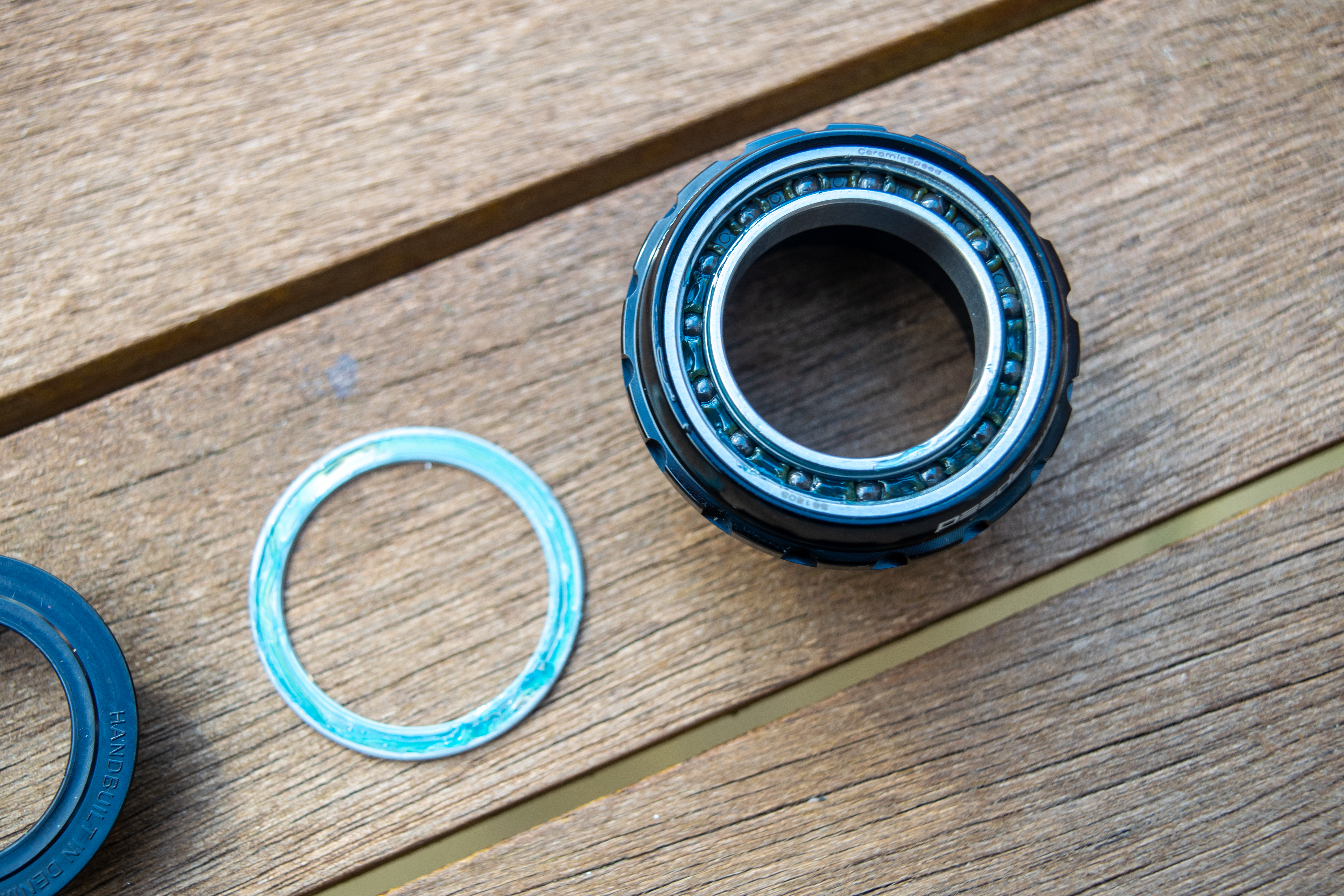
CeramicSpeed says the units have been tested for over 1,000,000 Km in the lab and field, and that repeated max-test loading has been carried out at 3,000 watts for seven hours straight.
This figure caught my eye, as naturally, no cyclist will be cracking 3,000 watts (that we know of) and certainly not for seven hours. Though 3,000 watts for seven hours is a fun scenario to think about.
I followed up with the brand about the reason to test at those numbers, and the technical department came back to me with an explanation. It seems the 3,000 watts comes from a calculation based on a max power number and power delivery varying through the pedal stroke and over the lifetime of the part; the seven hours is just to push the unit.
"We made some calculations; we took the top 1% riders and found that the top ones will push approximately 1,700W for short bursts. We then multiplied that number by 1.8.
"The 1.8 number is to compensate for when you push the pedals. You will not have an even power distribution over the whole 360 degrees of the revolution. The most force is applied when the crankarms are in the 3 and 9 o'clock position, so to accommodate that extra peak power, we multiply by 1.8."
During a pedal stroke, if you are riding at say 200 watts, you aren't actually doing 200 watts for the entire 360 degrees. The power delivery is actually quite spiky and very high in some areas of the stroke; this is where CeramicSpeed is coming from.
The brand also explained they are considering maximum power delivery of thousands of kilometres, which goes some way to explaining the seven hours.
"If a rider pushes 1700 watts, this will only be for approx 30 minutes in 50,000km, so when we multiply it by 1.8, we are comfortable it can last, with some margin, plus our tests ran for 7 hours when only 30 minutes were required."
Maybe this is the tech journalist's 'lite' explanation, but in essence, it seems CeramicSpeed are confident the bottom brackets are good for well above the power that most of us produce. What's probably more important for a part like this is proper care and maintenance to ensure the longest possible service life and value for money.

Tom joined the Cyclingnews team in late 2022 as a tech writer. Despite having a degree in English Literature he has spent his entire working life in the cycling industry in one form or another. He has over 10 years of experience as a qualified mechanic, with the last five years before joining Cyclingnews being spent running an independent workshop. This means he is just as happy tinkering away in the garage as he is out on the road bike, and he isn’t afraid to pull a bike apart or get hands-on with it when testing to really see what it’s made of.
He has ridden and raced bikes from an early age up to a national level on the road and track, and has ridden and competed in most disciplines. He has a keen eye for pro-team tech and enjoys spotting new or interesting components in the wild. During his time at Cyclingnews, Tom has already interviewed some of the sport's biggest names including Mathieu van der Poel, Tadej Pogačar and Alberto Contador. He's also covered various launches from brands such as Pinarello, Ridley, Specialized and more, tackled the Roubaix Challenge sportive aboard his own rim-brake Cannondale SuperSix Evo, tested over 20 aero helmets in the wind tunnel, and has created helpful in-depth buying advice relating to countless categories from torque wrenches to winter clothing.
You must confirm your public display name before commenting
Please logout and then login again, you will then be prompted to enter your display name.
